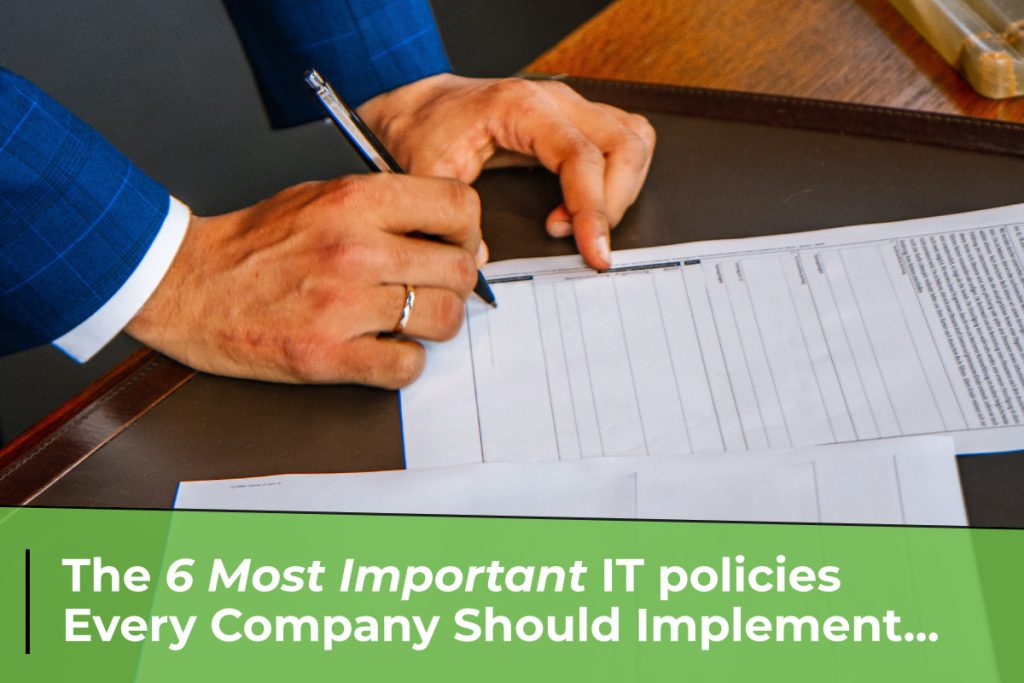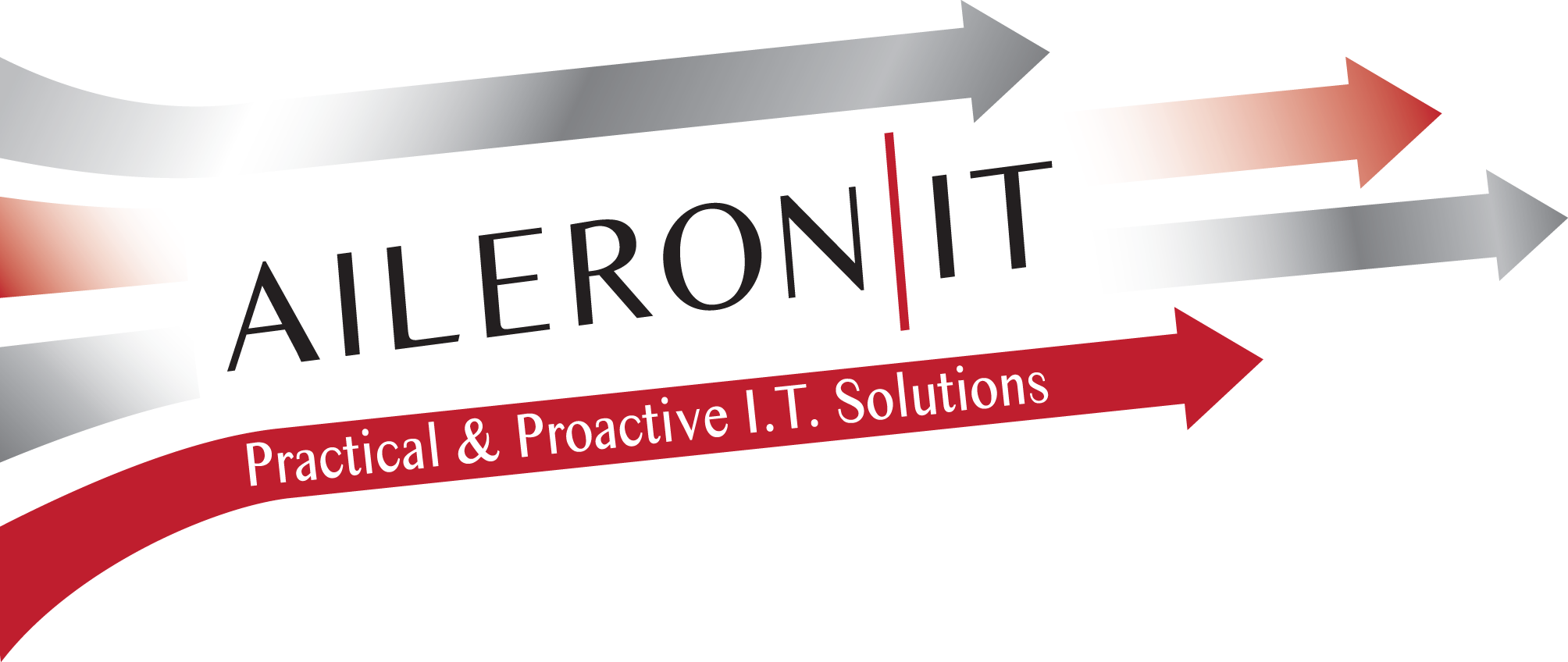What are the essential IT policies that every business should have in place?

In today’s fast-evolving business landscape, robust IT policies are more critical than ever for safeguarding data, ensuring smooth operations, and protecting the business from cyber threats. Many businesses, especially small to mid-sized ones, may underestimate the significance of implementing formalized IT policies—often until a data breach or an operational mishap forces them to act.
Below, we explore the foundational IT policies every business should consider to protect its operations, build trust with clients, and establish a framework for technological resilience.
1. Data Protection and Privacy Policy
Why It’s Important: With regulations like GDPR and CCPA, businesses are responsible for protecting customer data and ensuring privacy. Failing to comply with these regulations can lead to hefty fines and reputational damage.
What to Include:
- Data Handling: Outline how data will be collected, stored, and shared. Specify protocols for encryption, backup, and deletion.
- Employee Access: Clearly define who has access to sensitive data and establish tiered permissions.
- Compliance Guidelines: Address specific regulatory requirements applicable to your industry to avoid legal repercussions.
Best Practices: Regularly review and update data handling procedures, conduct employee training on data sensitivity, and perform audits to ensure compliance.
2. Acceptable Use Policy (AUP)
Why It’s Important: An AUP defines what employees can and cannot do on company devices and networks. By clarifying expectations, this policy helps prevent misuse that could lead to security vulnerabilities or legal liabilities.
What to Include:
- Device and Network Usage: Outline acceptable uses of company devices, internet, and email. Address restrictions on accessing non-work-related websites or applications.
- Personal Device Policy: With the growing BYOD (Bring Your Own Device) trend, include guidelines for using personal devices for work purposes.
- Consequences: Be explicit about the repercussions of violating the AUP.
Best Practices: Reinforce this policy through regular reminders and incorporate it into the onboarding process for new employees.
3. Password Management Policy
Why It’s Important: Passwords are often the first line of defense against unauthorized access. Weak or reused passwords make it easy for cybercriminals to compromise your systems.
What to Include:
- Password Complexity Requirements: Enforce strong, unique passwords that combine letters, numbers, and special characters.
- Regular Changes: Encourage employees to update passwords regularly (every 60–90 days is standard).
- Password Manager Recommendation: If feasible, provide or recommend a password manager for employees to simplify complex password storage.
Best Practices: Regularly assess password policies to align with security trends, and educate employees on the dangers of password reuse across personal and professional accounts.
4. Incident Response Plan (IRP)
Why It’s Important: Having an IRP prepares your team to act quickly in the event of a cyberattack, data breach, or IT system failure, reducing potential damage and downtime.
What to Include:
- Clear Response Steps: Outline each stage of your incident response process, from detection to containment and recovery.
- Roles and Responsibilities: Assign specific roles within the response team to avoid confusion during a crisis.
- Communication Protocols: Ensure there’s a plan for communicating with stakeholders, clients, and employees in the event of a major incident.
Best Practices: Test the IRP regularly through simulated incidents and keep it updated to address new types of cyber threats.
5. Backup and Disaster Recovery Policy
Why It’s Important: Unexpected events like cyberattacks, natural disasters, or hardware failures can disrupt business operations. A robust backup and recovery policy minimizes data loss and ensures a smoother recovery.
What to Include:
- Data Backup Frequency: Define how frequently data should be backed up (daily, weekly, etc.).
- Storage Location and Encryption: Establish where backups will be stored (cloud, offsite storage) and ensure they are encrypted.
- Disaster Recovery Process: Include steps for data recovery and key timelines to restore operations to minimize downtime.
Best Practices: Regularly test backups and recovery procedures to ensure data integrity and system readiness.
6. Remote Work and BYOD (Bring Your Own Device) Policy
Why It’s Important: With remote work becoming more common, securing personal devices that access company data is crucial to protect sensitive information outside the office environment.
What to Include:
- Security Requirements: Mandate security software, device encryption, and VPN usage on personal devices.
- Access Limitations: Define which resources can be accessed remotely and from which locations, if applicable.
- Data Handling and Storage: Specify that sensitive data should not be stored on personal devices and outline secure file-sharing practices.
Best Practices: Review remote work policies regularly and update them in line with emerging security risks and technology trends.
7. Software Update and Patch Management Policy
Why It’s Important: Outdated software can contain vulnerabilities that cybercriminals can exploit. A formal patch management policy keeps your systems protected.
What to Include:
- Update Frequency: Establish a schedule for regular software updates and patches, including security patches.
- Roles and Responsibilities: Assign an individual or team to monitor and manage updates across all systems.
- Emergency Patching Protocol: Plan for rapid deployment of critical updates when new vulnerabilities are disclosed.
Best Practices: Automate software updates where possible and audit patch management practices quarterly to ensure compliance.
Conclusion: The Importance of Regularly Reviewing IT Policies
Each of these IT policies creates a foundation of security, trust, and compliance for your business. However, simply having these policies isn’t enough; regular reviews, employee training, and updates are necessary to keep them effective against evolving threats. A well-documented IT policy framework not only protects your business but also demonstrates to clients and partners that you take data security seriously, building a reputation for reliability and responsibility.

